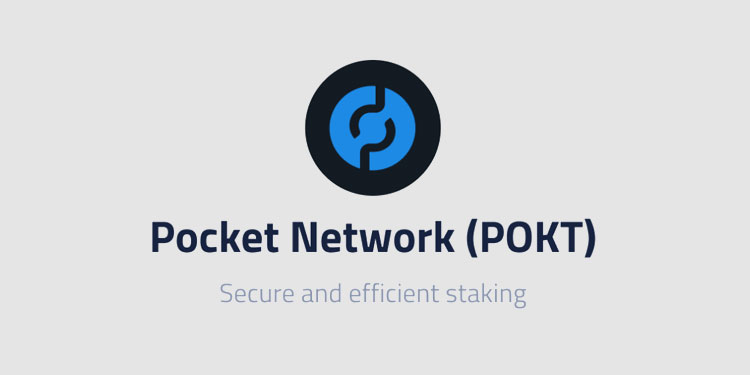“Web3 is the future of the internet;” this is a claim doing the rounds online at the moment. There’s a promising future where all centralized server-client infrastructures will be replaced with decentralized computer networks. The Pocket network is known for its mission to contribute to the building of Web3 by decentralizing centralized infrastructures.
The Pocket network is on a large-scale journey for developers and node providers, but they both need to purchase and stake POKT to function in it. As a developer or node runner who wants to earn a significant profit on your assets and nodes, you can use this site to stake rewards in the Pocket network.
The Pocket network demands both the developers and nodes to stake its native token, POKT, to function on the network. Nodes get their rewards by granting the API the demands made by the developers.
How Staking Works in the Pocket Network
Developers who need secured infrastructures and a good number of relay amounts for their services and applications must stake a particular amount of POKT tokens. The amount of POKT to be staked corresponds to the number of relays requested by the developer.
Also, the relay amounts per session may be changed due to the POKT token’s price fluctuations. The advance payment for infrastructure may seem difficult, but it is beneficial because you do not need to repeat payments. Buying POKT can be seen as a redeemable expense because developers can sell their stakes if they are no longer interested.
Another advantage is that instead of continual payments, the staked funds of the developers may increase due to the inflation in the price of the POKT token.
Staking POKT also applies to node suppliers, but they do so according to the nodes. Node operators are reimbursed with POKT tokens in exchange for fulfilling the relay requests for applications. POKT rewards are proportionate to the number of relays and transactions in a block.
Unlike other networks, the Pocket network does not support combined staking like that of Polkadot. You cannot stake POKT in your wallet and ignore it, and POKT staking is done on a node that runs RPC services. However, you could decide to run the nodes yourself or hire someone to do that for you.
To do the running yourself, you need to have the following:
- Software development and IT operations skills
- You also need to have more than 15,000 POKT
If you have more than 15,000 POKT but lack the skills, then you need to pay someone to do the running for you. The hired node runner will be paid a monthly subscription and a percentage share of your POKT earnings.
You could join a staking pool to join your tokens to those who do not have either the skills or the minimum staking POKT. Staking pools run on custodial staking only, so you need to do your research properly before joining one.
The Two Types of Staking for Node Providers
The Pocket network now allows node providers to choose whether to run with custodial or non-custodial staking. Although the feature is not yet active, it’ll be activated soon. So, the node providers who have already staked their nodes before this new feature is activated will be allowed to choose if they want to do custodial or non-custodial staking.
Custodial Staking
Custodial staking is where the node runner or operator is also the receiver of the node’s rewards. For this type of staking, just a pocket account is needed, which does the staking, edits the stake, and performs the installation.
Non-Custodial Staking
This type of staking is where the operator of the nodes’ account differs from the recipient of the rewards account. The operator’s account is the one that handles the staking and all other things on the node, while the other account, also known as the “Output” account, receives the rewards and can also start the staking. Both accounts have the same authority over the nodes.
The operator’s address is in the node’s wallet, which could become a security threat if a third party breaches the server. This could also result in stealing the rewards in custodial staking, as the operator’s account is the same account that receives rewards. But for non-custodial staking, the wallet doesn’t have to be on the same server.
Another advantage is that since non-custodial staking involves two accounts with two different operators, there will be efficient staking of rewards without obstructions.
Summary
The Pocket network is a fast-growing network that is keen on building a future for Web3, whose mission is to replace all centralized one-server infrastructures with decentralized computer networks.
The network also offers an opportunity for developers and node operators to purchase and stake POKT, the native token of the platform, to participate in the network. The developers stake POKT based on the number of relays requested per session for their applications. At the same time, the node operators are compensated with POKT tokens corresponding to the number of relays provided.
